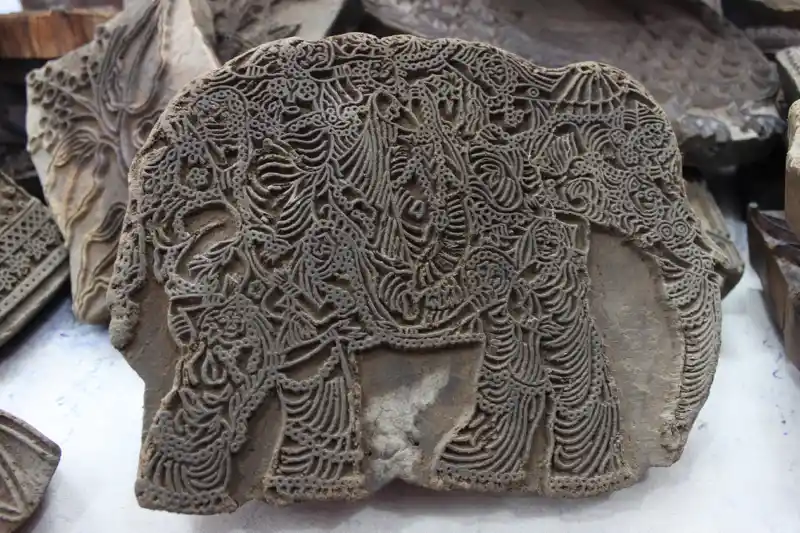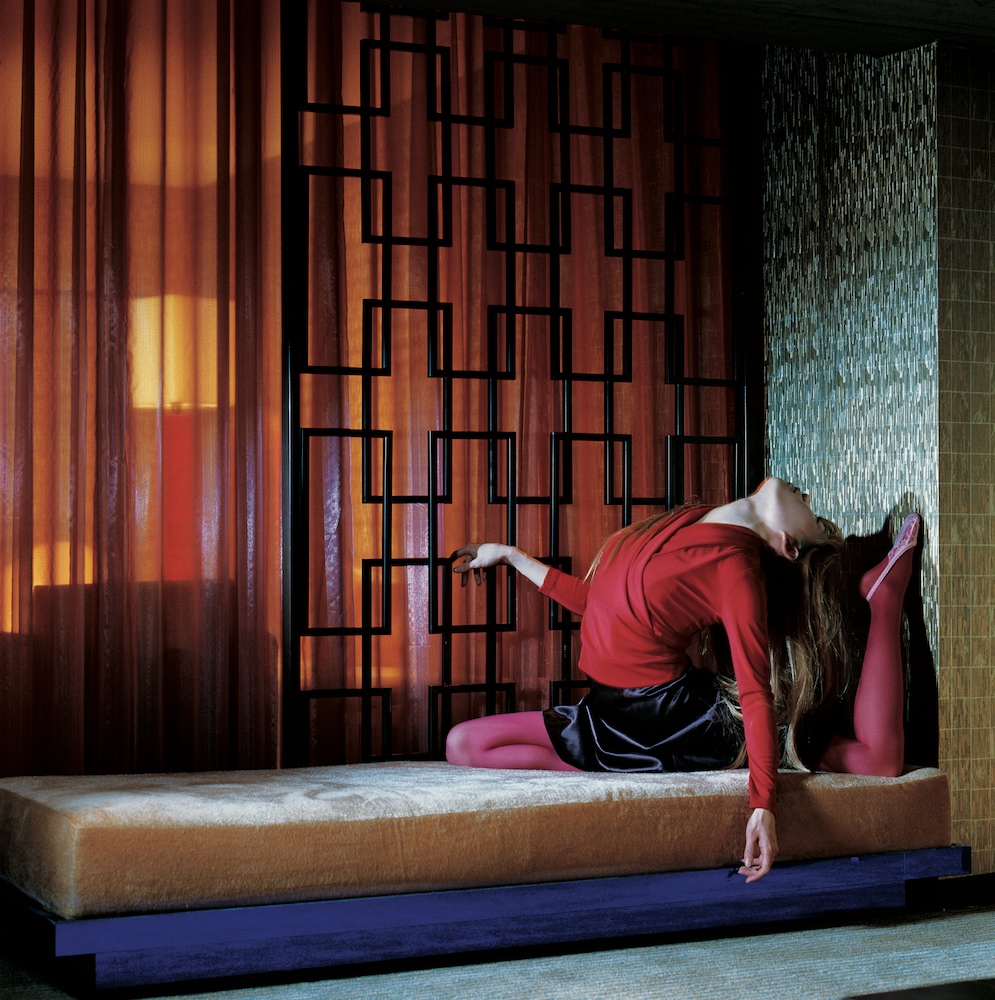And so when did you go to India for the first time? And why?
That must have been 2008, for my master research. I went to the North Indian city of Lucknow, the capital of Uttar Pradesh to look at the Hindu-Muslim relations in the city. At that time, most anthropologist and peace studies wanted to understand why conflict emerges. Instead, what fascinated me with Lucknow was the fact that the city experienced very little communal problems, most of the time it was marked by peaceful relations between different communities and communal harmony. So instead I asked, why is it that this city, positioned geographically in the very middle of a territory famous for communal strife, remains peaceful? It turned out that this had a lot to do with local history, or rather, with the celebrated almost mythical golden age of the city when it was ruled by the Nawabs of Awadh (1722-1856), Shia rulers from Persia, who managed, through shared ritual and celebrations, as well as the local economy, to successfully integrate different segments of population. Also, Lucknow sees itself as an enlightened and cultural city, harmonious relations being its trademark. An important, contemporary reason, is economic, namely the local craft cottage industry, which produces a special embroidery connected with Lucknow, called chikankari. The significant point here is that the production takes place through a multi-staged process, which includes many different professions – tailors, cutters, printers, washermen, dyers, embroiderers, merchants, exporters and so on. As such the industry creates networks of dependency that cut across the divisions of caste, gender, class, religion and even locality. As such, these economically significant networks of dependency create a bridge between communities and prevent communal strife.









